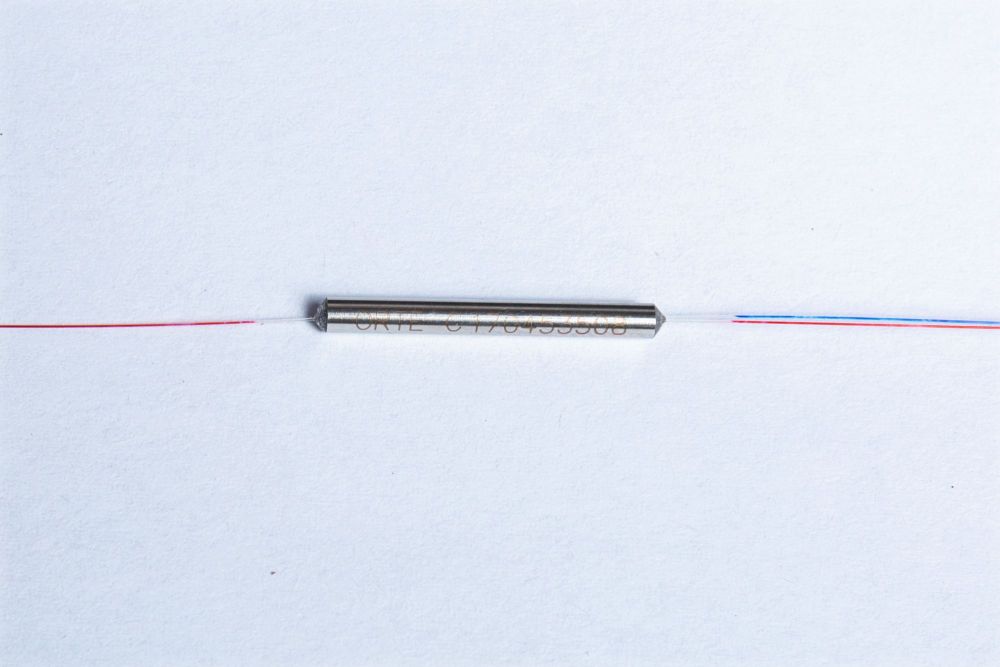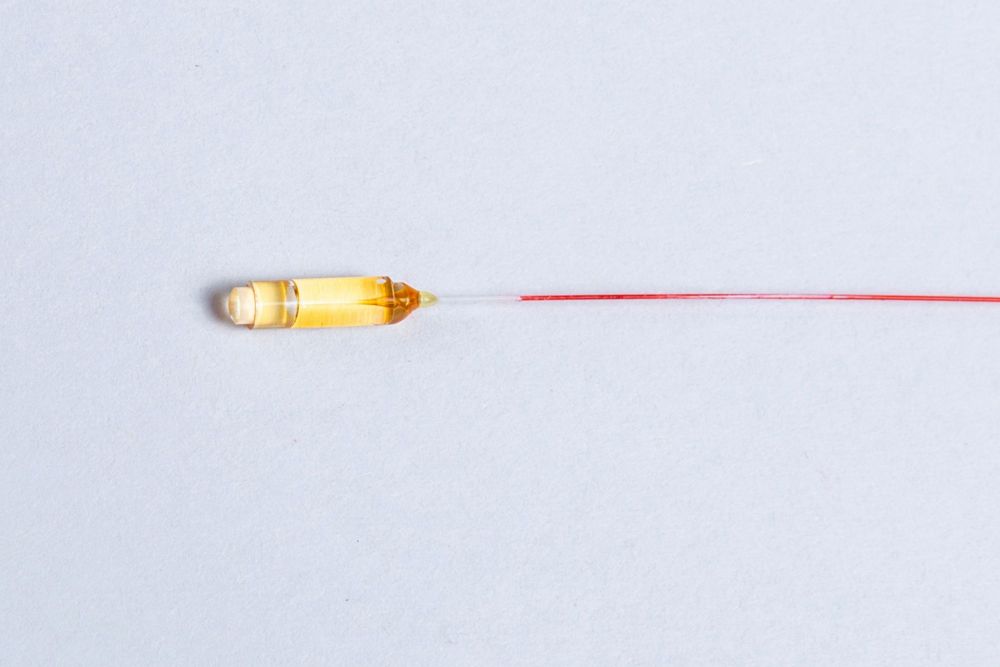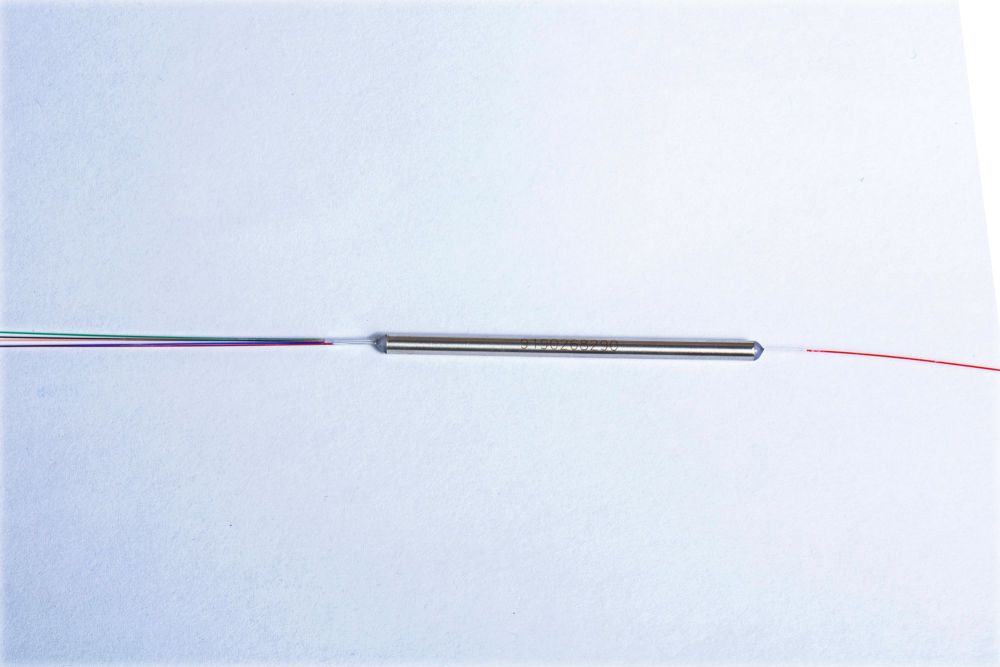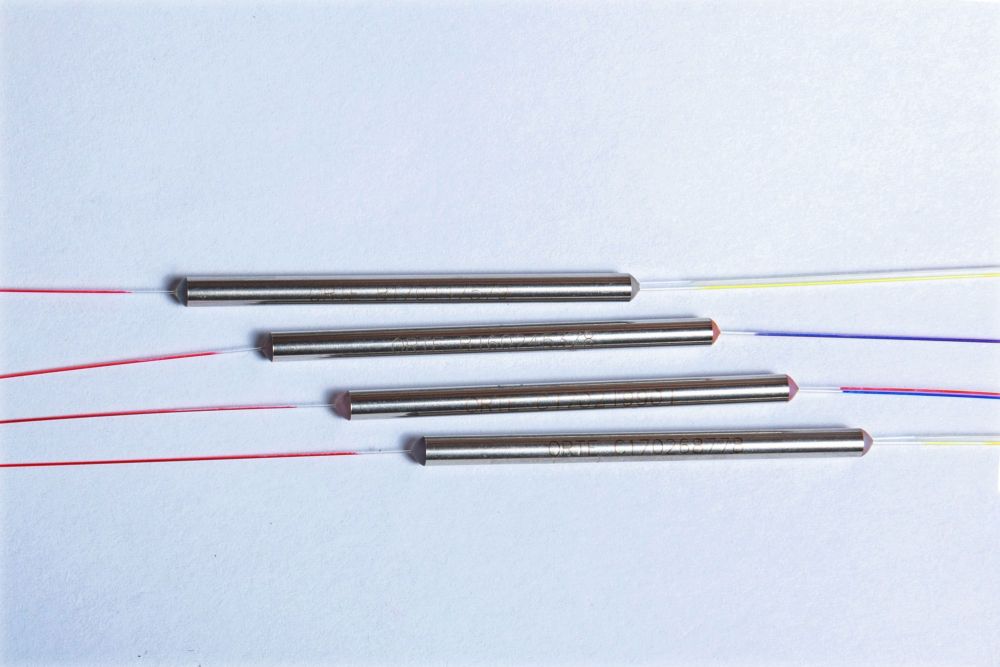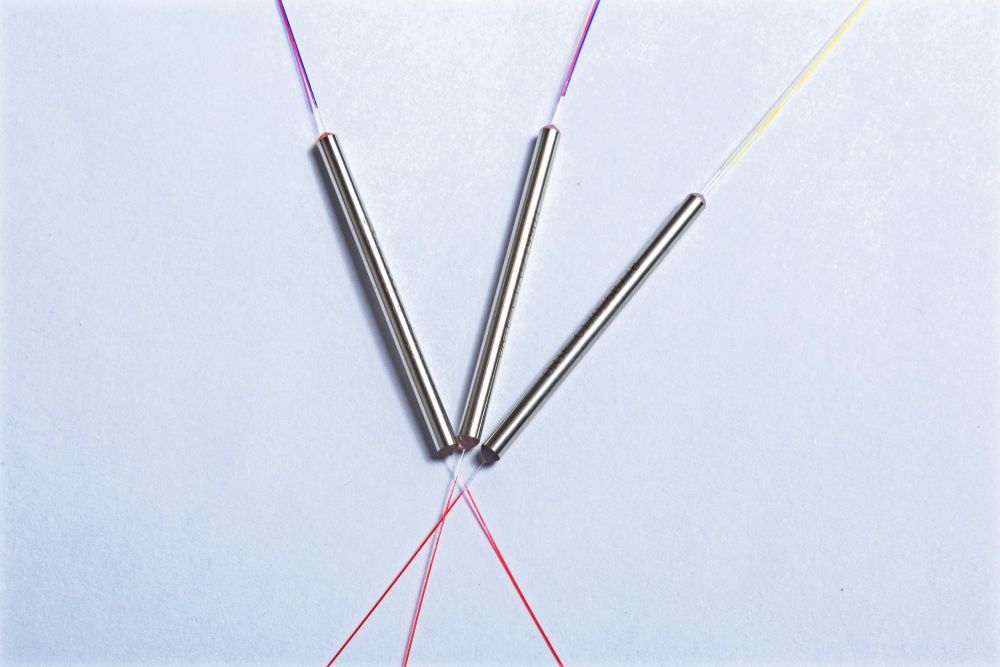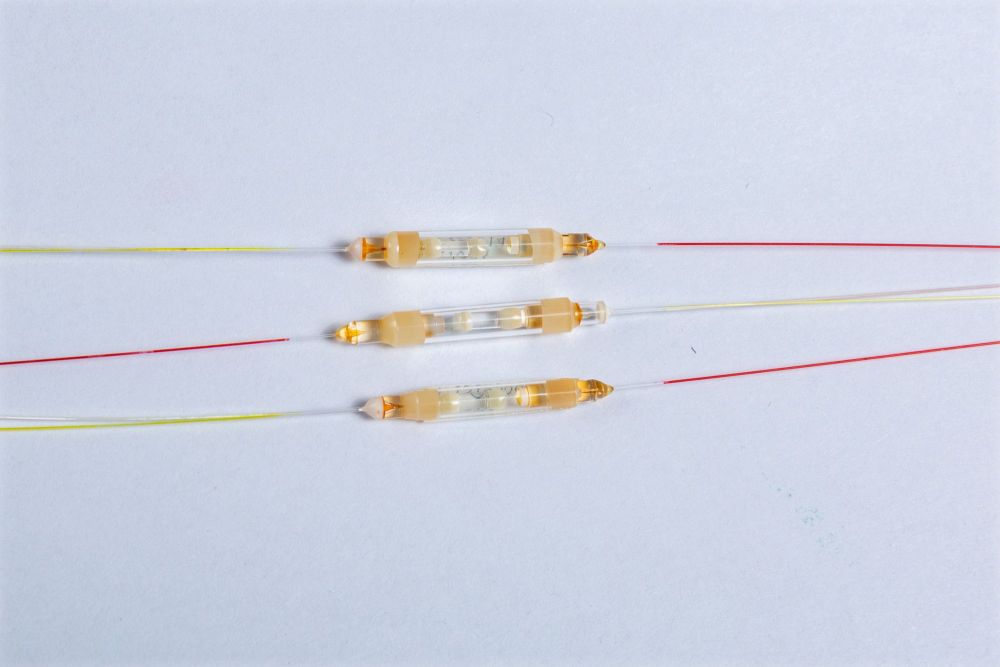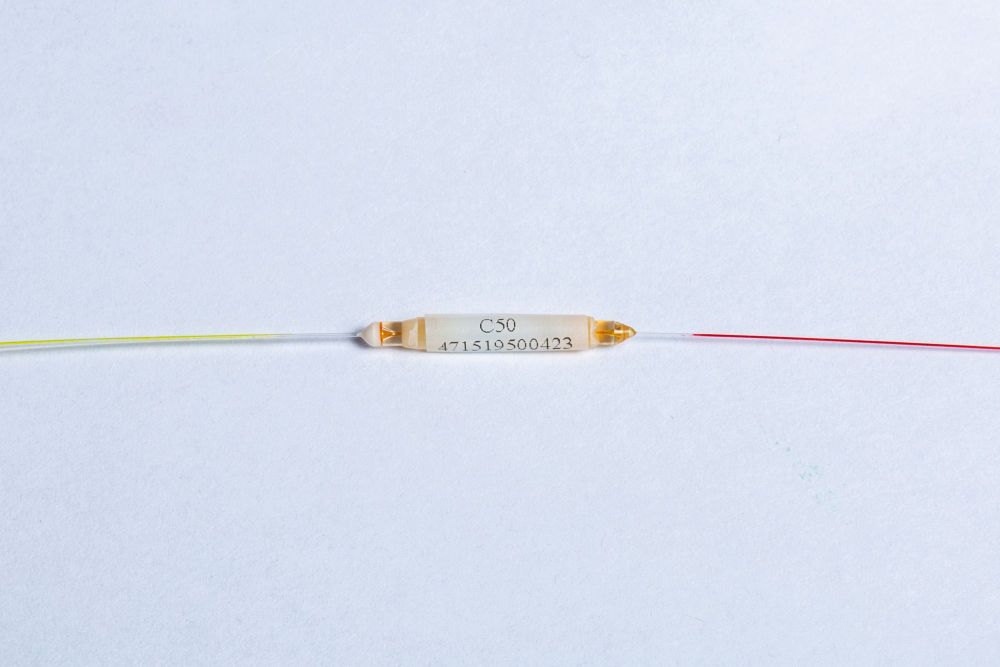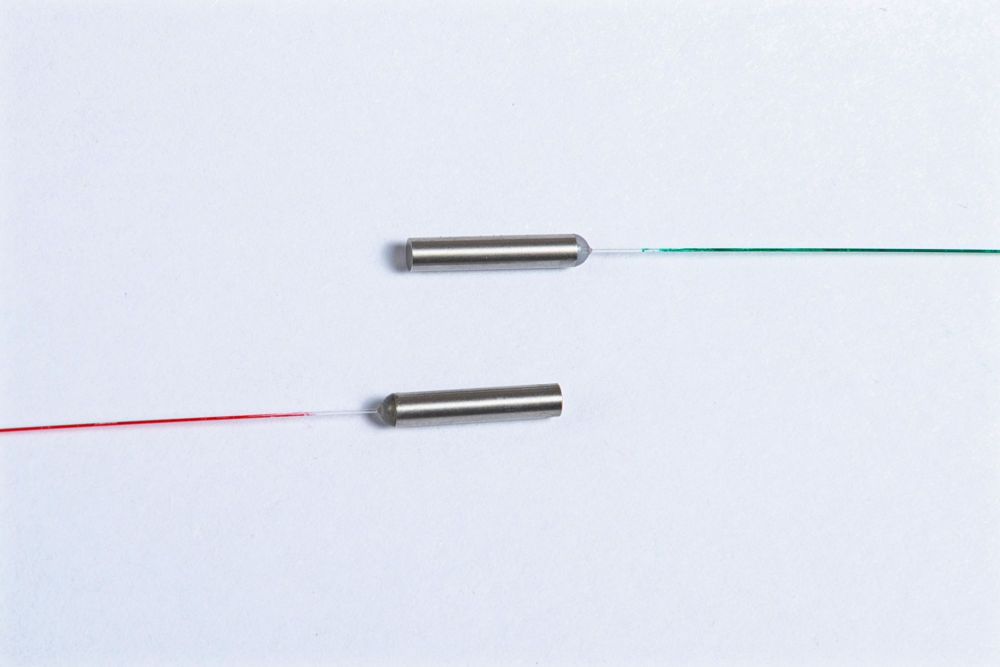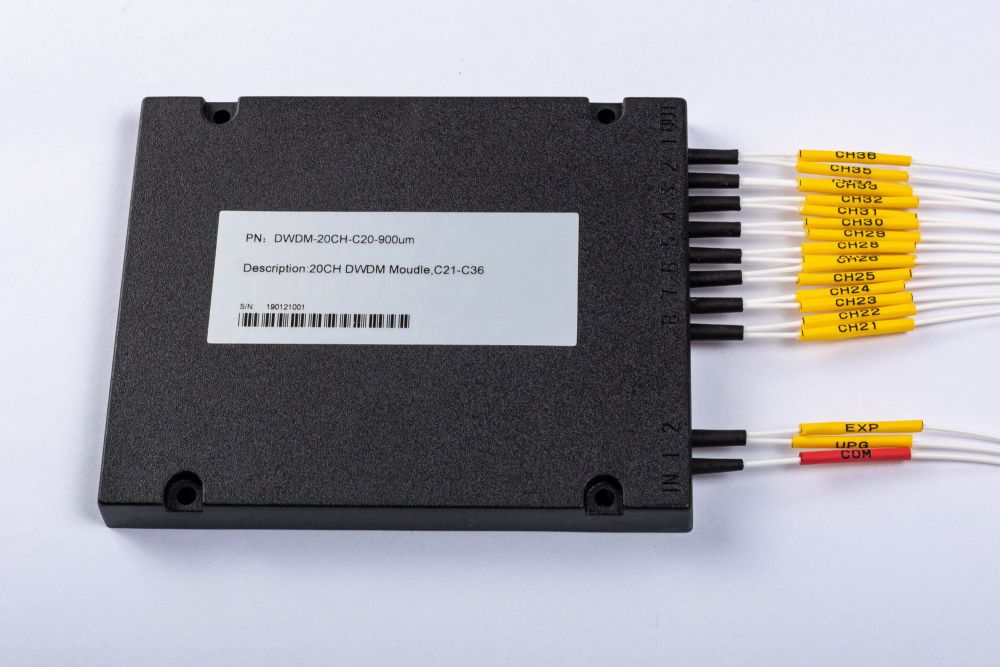The two important WDM technologies are Coarse Wavelength Division Multiplexing, or CWDM and Dense Wavelength Division Multiplexing, or DWDM. Each technology has its advantages and disadvantages, depending on the user requirement and environment.
The difference between CWDM and DWDM is the division of wavelength and channels. According to ITU, CWDM is defined to support up to 18 wavelength channels and the gap between two adjacent channels 20nm apart. DWDM is more dense than CWDM for its wavelength and channels, supporting up to 80 channels simultaneously, with each of the channels only 0.8nm apart.
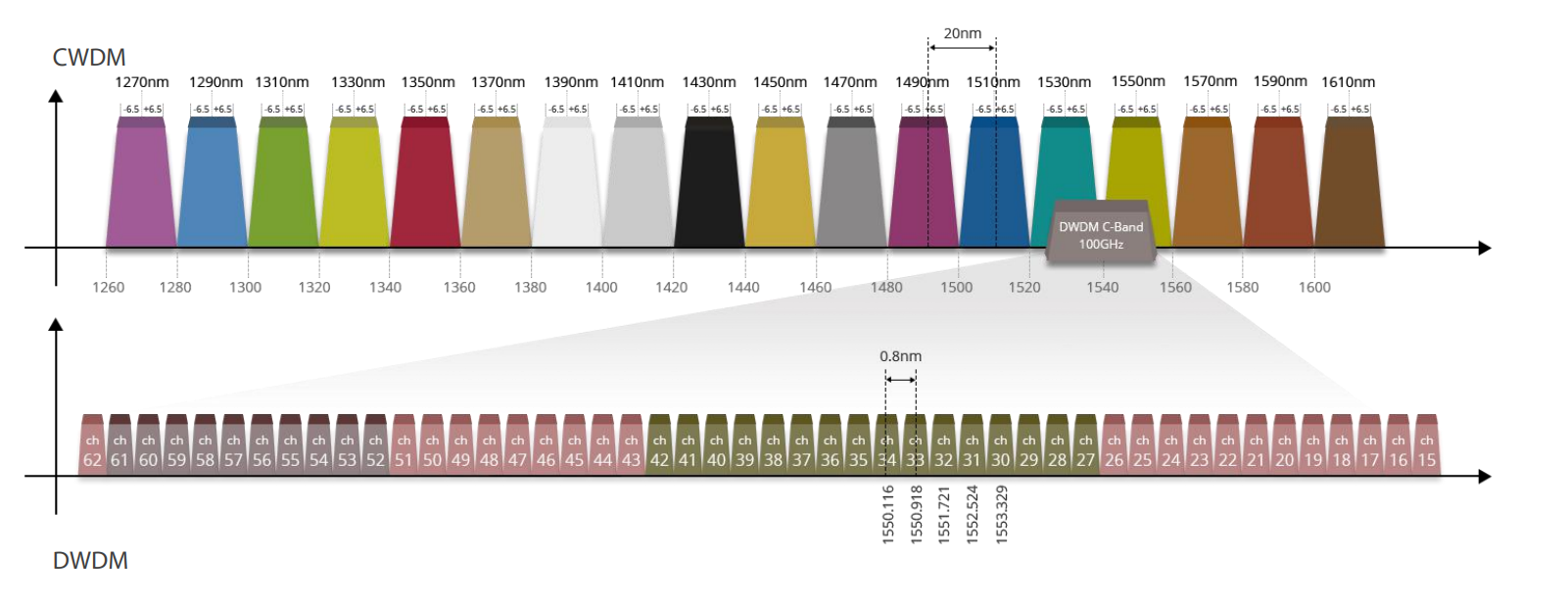
CWDM technology offers a convenient and cost-efficient solution for shorter distances of up to 70 kilometers. For distances between 40 and 70 kilometers, CWDM tends to be limited to supporting eight channels, while DWDM system can be amplified and can be used for transmitting data much longer distances.
PON is designed within 10 Gigabit Ethernet and 16G Fibre Channel for the first time, so CWDM technology is introduced as a cost-effective and stable solution. However, as the demand of larger bandwidth and more people, DWDM technology has more potential to make full use of fiber optic bandwidth, to handle higher speed protocols up to 100Gbps per channel.
Among WDM application, both CWDM and DWDM are available as active or passive systems. ORTE Photonics’ CWDM and DWDM components are widely used in the passive solution part of the data center. The output from the xWDM transceiver connects to a passive multiplexer that combines and redistributes, multiplexes and demultiplexes, the various signals. ORTE Photonics offers a set of solution and components for this kind of customer with professional design and massive fabricated component.

